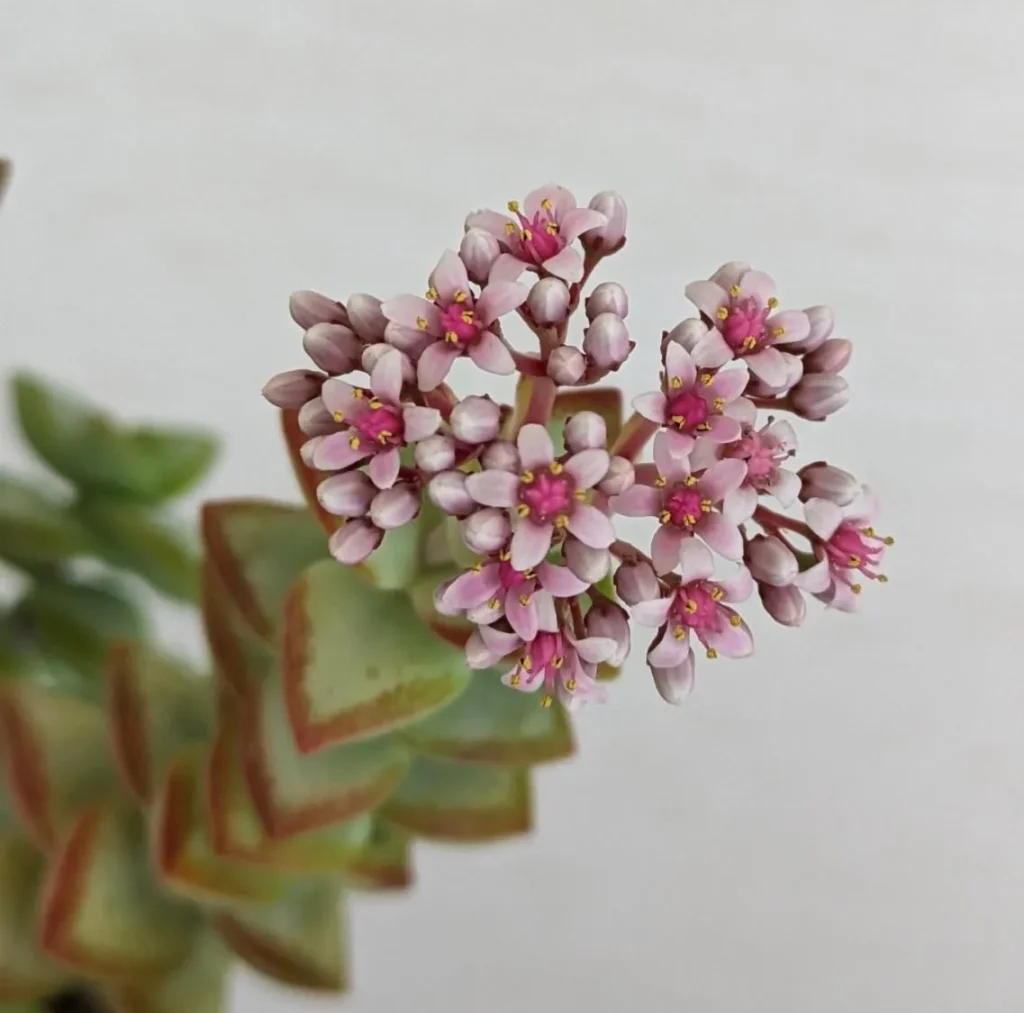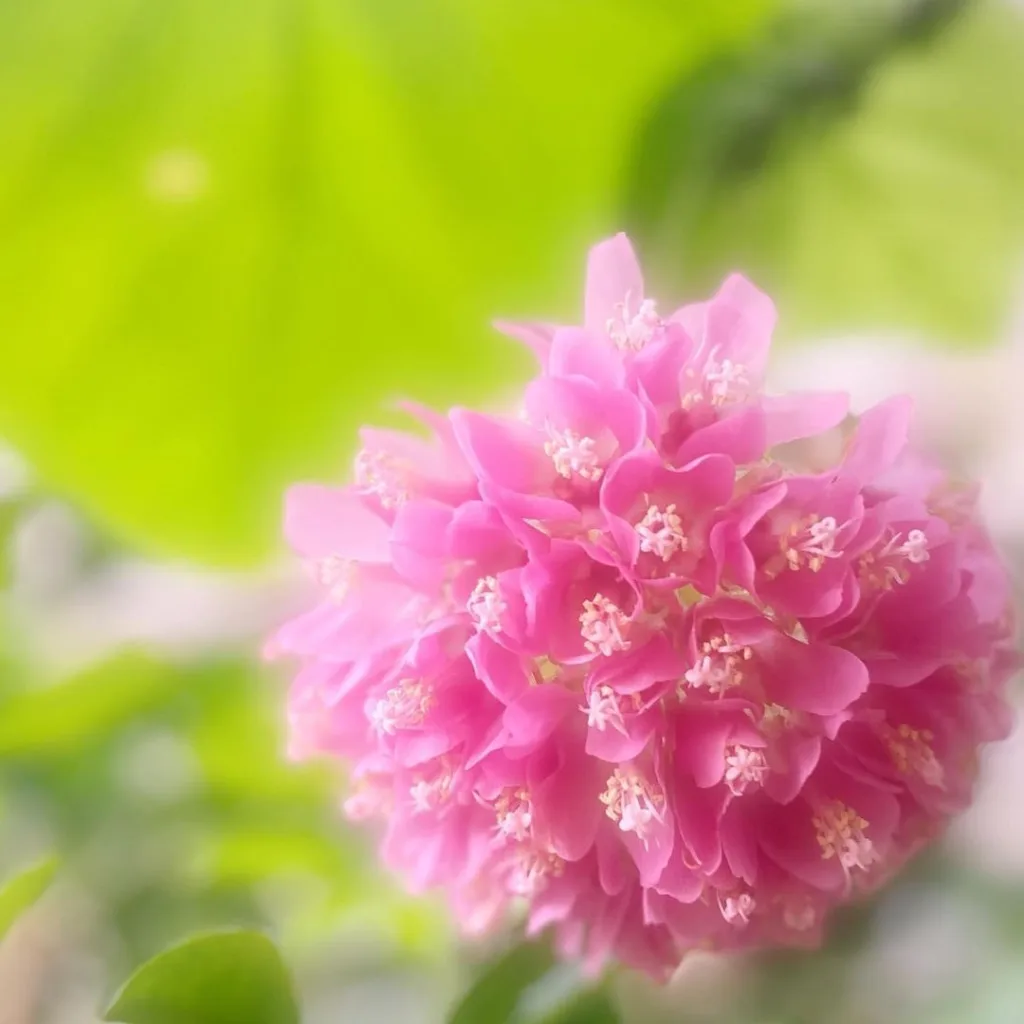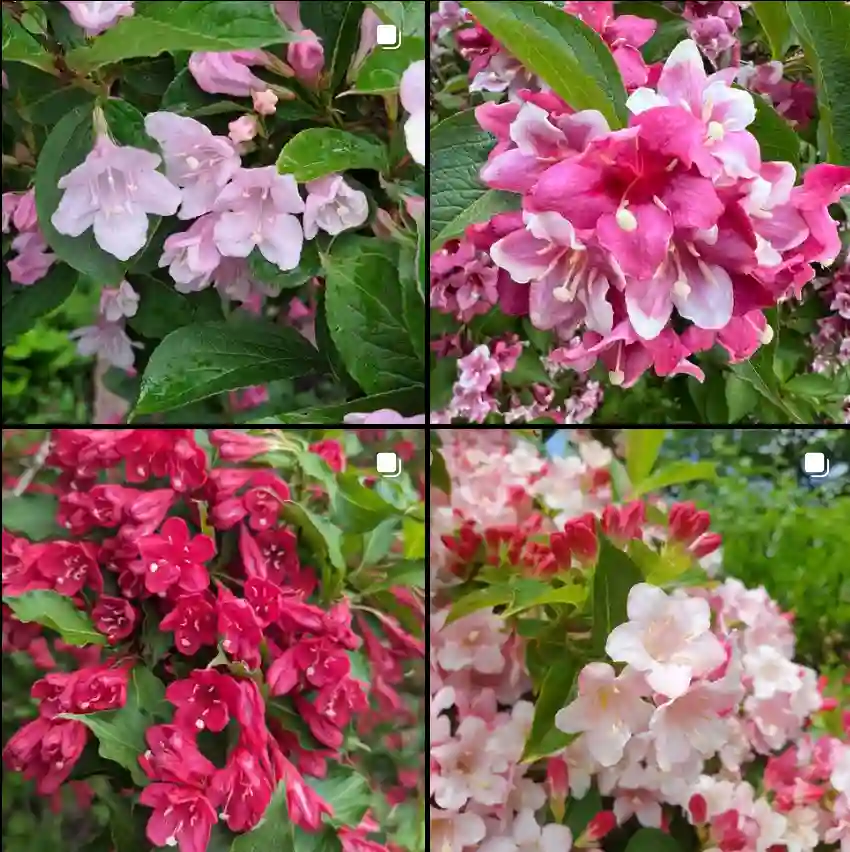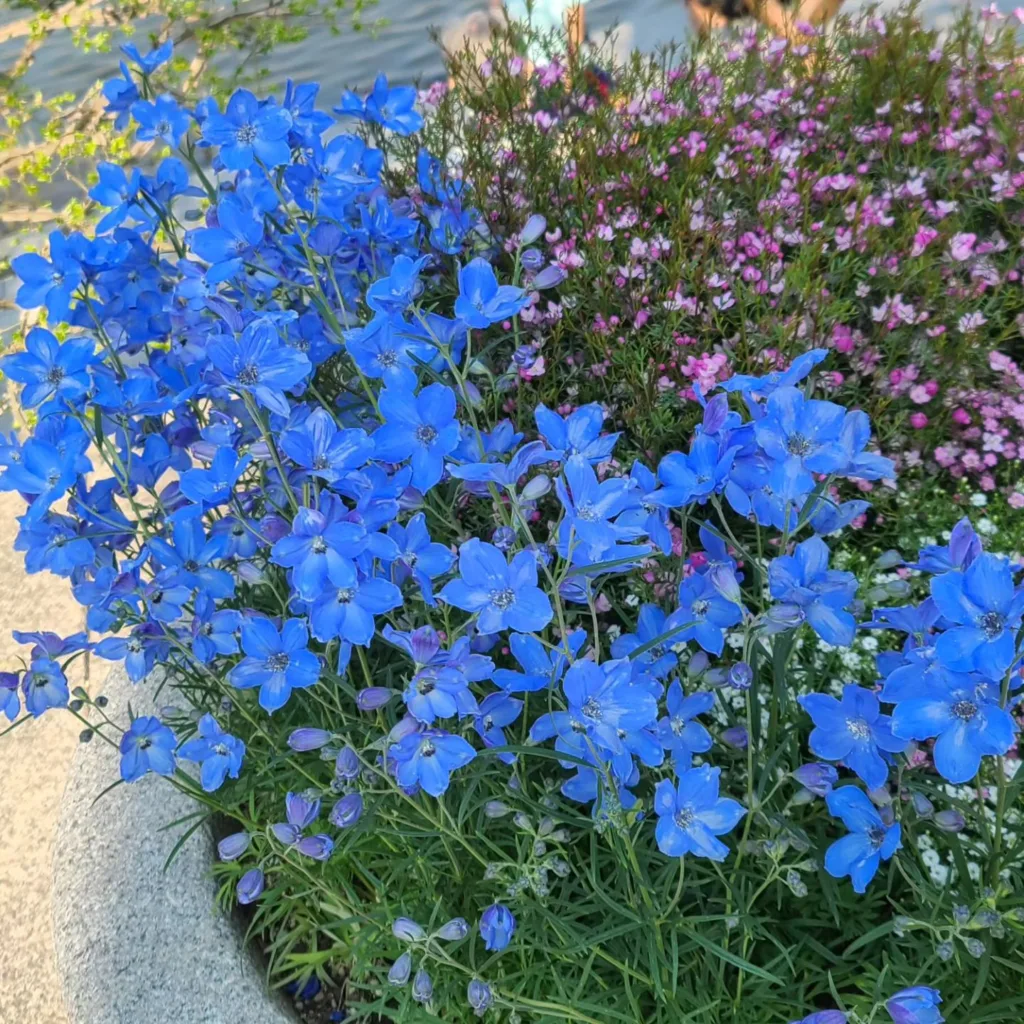What is Hoya Nicholsoniae?
Hey there, Ferb Vu here. As a fellow plant enthusiast, I know you’ve likely encountered the captivating Hoya nicholsoniae. This unique Hoya boasts stunning visuals and a captivating fragrance, making it a coveted addition to any collection. But before you bring one home, let’s delve into some frequently asked questions to ensure you provide the perfect environment for your new green companion.
566 Species in Genus Hoya
Light: Sunshine or Shade?
Hoyas, in general, thrive in bright, indirect light. Direct sun exposure, especially during the harsh afternoons, can scorch the delicate leaves. Think dappled sunlight filtering through a sheer curtain – that’s the sweet spot for Hoya nicholsoniae.
Tip: Keep an eye on your plant. If the leaves start turning pale, it might crave more light. Conversely, if they develop a reddish hue, it’s a sign of too much direct sun.
Watering: Finding the Right Rhythm
Like most Hoyas, Hoya nicholsoniae prefers the “less is more” approach to watering. Overwatering is a common culprit for root rot, so allowing the soil to dry completely between waterings is crucial. With its fluctuating humidity levels, you might need to adjust your watering schedule seasonally. During the drier months, watering once a week might suffice. In the more humid periods, stretch it to every two weeks or even longer.
Pro tip: Stick your finger into the soil. If the top inch feels dry, it’s watering time.
Soil: The Foundation for Growth
Well-draining soil is paramount for Hoya nicholsoniae. A chunky mix that allows for good aeration is key. Here in my region, you can find pre-mixed succulent or orchid soil that works well. Alternatively, create your own by combining potting mix with perlite or orchid bark for optimal drainage.
Temperature and Humidity: Keeping it Comfortable
Hoya nicholsoniae thrives in the warm and humid. Ideally, aim for temperatures between 60 and 85 degrees Fahrenheit (15.5 to 29.4 degrees Celsius). The average humidity levels are generally suitable for this Hoya, but if your home leans towards the drier side, consider using a pebble tray filled with water near the plant to increase localized humidity.
Comparison Corner: Hoya Nicholsoniae vs. Hoya Carnosa
Both Hoya nicholsoniae and Hoya carnosa (commonly known as the Wax Plant) are popular choices for plant lovers. Here’s a quick breakdown to help you decide which might be a better fit:
- Leaves: Hoya nicholsoniae features smaller, pointed leaves with prominent veins. Hoya carnosa boasts larger, oval-shaped leaves with a waxy coating.
- Light: Both prefer bright, indirect light. However, Hoya carnosa can tolerate lower light conditions compared to Hoya nicholsoniae.
- Flowers: Hoya nicholsoniae produces clusters of creamy-yellow flowers with a spicy fragrance. Hoya carnosa displays clusters of star-shaped flowers in various colors, but they are generally unscented.
- Growth Habit: Hoya nicholsoniae can be a vine or a shrub, depending on how you train it. Hoya carnosa is primarily a vining plant.
In essence: If you have a bright, airy spot and appreciate fragrant blooms, Hoya nicholsoniae is a great choice. If you have a shadier location or prefer a classic Hoya look, Hoya carnosa might be your perfect match.
Propagation: Sharing the Hoya Love
Sharing the beauty of Hoya nicholsoniae with fellow plant enthusiasts is a joy. Here’s a simple way to propagate your plant:
- Stem cuttings: Take a healthy stem cutting with a few nodes during the growing season (spring or summer).
- Remove the lower leaves: This allows for better node contact with the soil.
- Potting: Plant the cutting in a well-draining potting mix and keep the soil moist but not soggy.
- Patience is key: Rooting can take several weeks. Provide bright, indirect light and maintain consistent moisture.
Bonus tip: You can also propagate Hoya nicholsoniae through leaf cuttings, though the success rate is generally lower than with stem cuttings.
Common Issues and How to Address Them
Mealybugs: These tiny, white insects can infest your Hoya. Treat them with insecticidal soap or neem oil solution.
Scale: These sap-sucking insects appear as bumps on the leaves. Remove them manually with a cotton swab dipped in rubbing alcohol or use insecticidal soap.
Yellowing Leaves: This could be a sign of overwatering, underwatering, or lack of light. Adjust your watering schedule and provide brighter indirect light if needed.
Remember: Don’t panic if a few leaves yellow and fall off occasionally. It’s a natural part of the plant’s life cycle. However, persistent yellowing or leaf drop warrants closer inspection.
Bonus Tip: Hoya nicholsoniae is generally considered pest-resistant. However, keeping a watchful eye and addressing any potential issues promptly helps ensure your plant thrives.
Enjoying the Beauty of Hoya Nicholsoniae
With proper care, your Hoya nicholsoniae will reward you with stunning foliage and fragrant blooms. Remember, this plant appreciates a well-draining environment, bright indirect light, and moderate watering. By following these simple guidelines, you can create the perfect environment for your Hoya nicholsoniae to flourish in your home, adding a touch of tropical elegance to your space. Happy planting!
If i die, water my plants!



